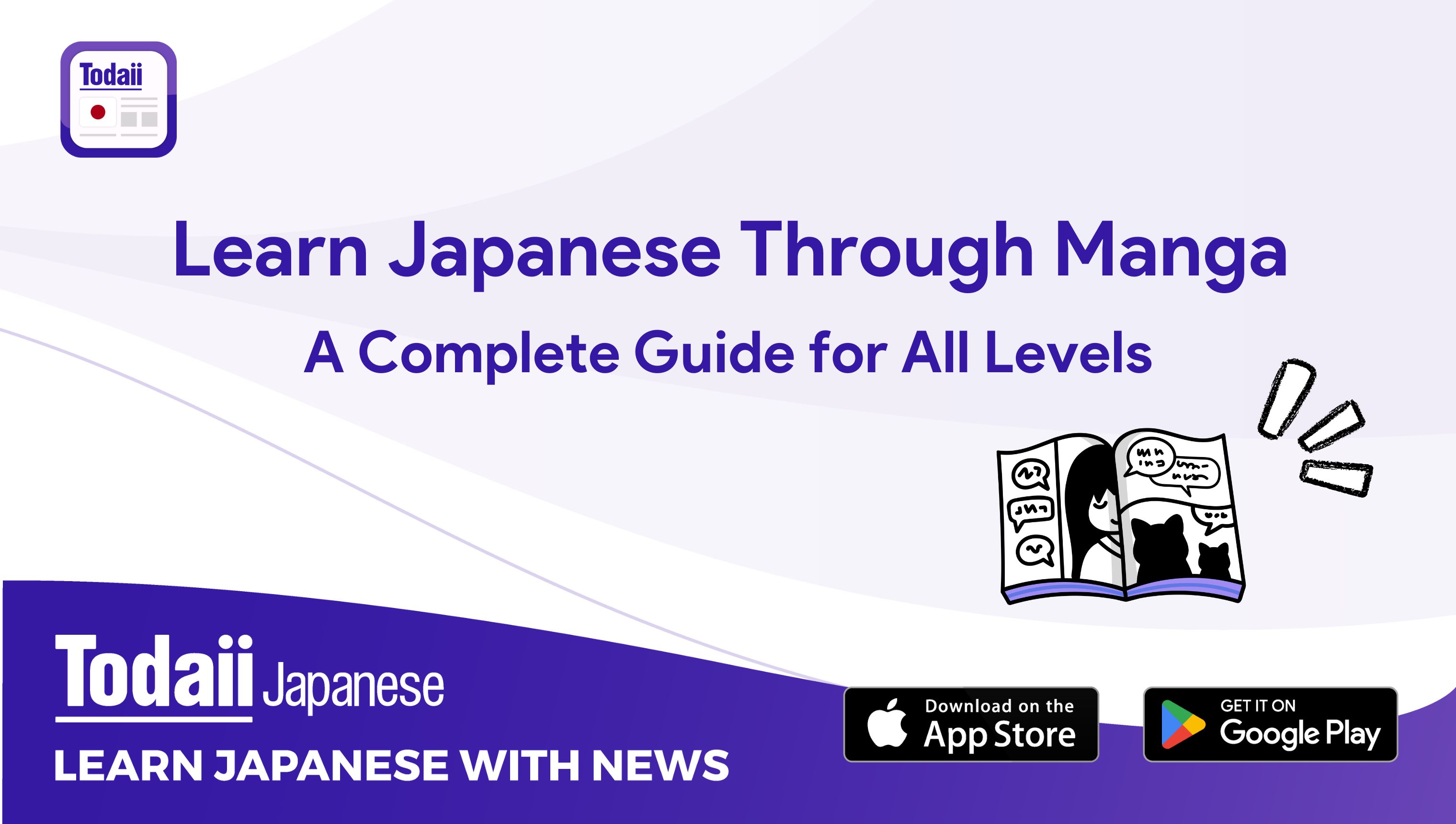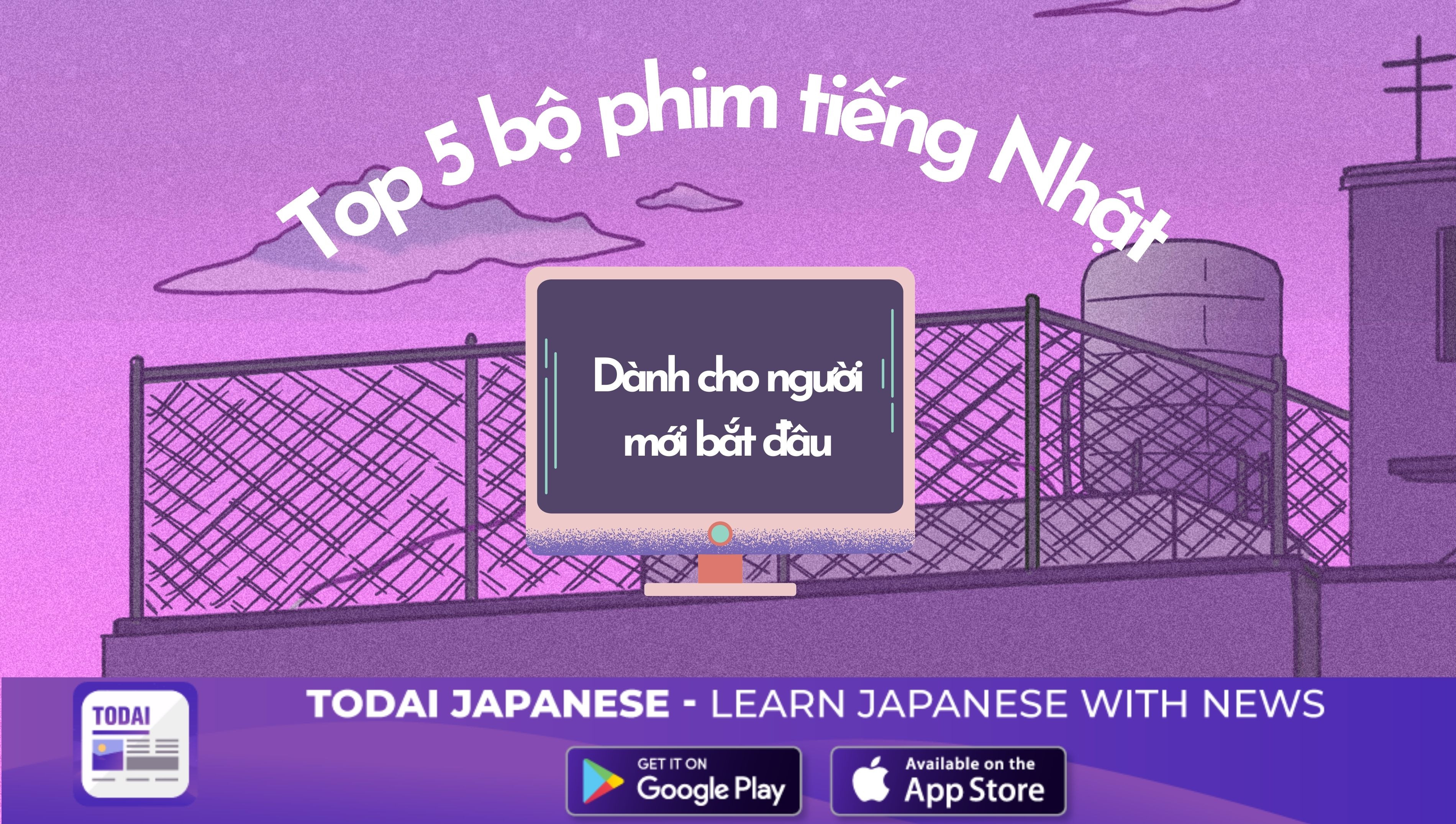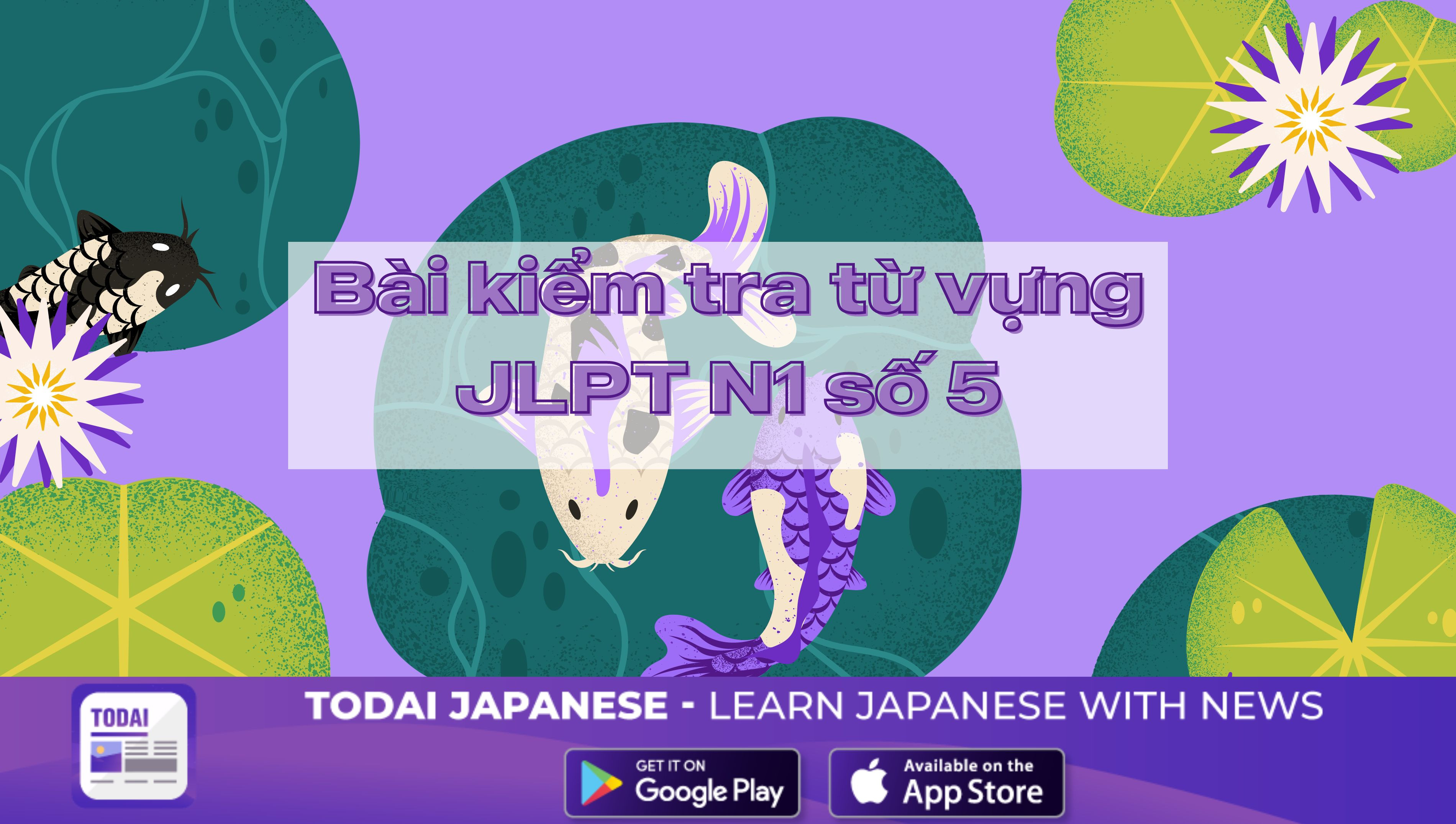Learn Japanese Through Manga: A Complete Guide for All Levels
30/04/2025
51

Learn Japanese through manga and make studying fun with stories you already love. This guide gives you step-by-step tips, plus the best manga, apps, books, and websites for every level. Ready to learn in a more exciting way? Let’s get started.
Why Learn Japanese Through Manga?
Learning a new language can feel hard—but it doesn’t have to be. If you love Japanese comics, why not learn Japanese through manga and turn reading into a fun study habit?
Learn words and grammar in real situations
One great reason to learn Japanese from manga is that you see how words and grammar are used in natural conversations. Instead of memorizing from a list, you’re learning from real-life scenes and dialogue.
Some learning apps also help by letting you look up words, save vocabulary, and review them later—turning every manga session into active learning. That’s how many people learn Japanese with manga apps or digital tools.
Stay motivated and enjoy the process
Traditional study methods can feel boring or tiring. But using manga to learn Japanese makes learning more enjoyable. Stories, drawings, and emotional scenes keep your mind focused and engaged.
Even just 15 minutes of reading a day helps you improve, especially when you choose manga to help learn Japanese that matches your level. This guide will show you how to pick the best manga to learn Japanese, including easier stories to get started.
Learn natural, everyday speech
Manga teaches you how native speakers actually talk. This includes casual phrases, sentence patterns, and even cultural expressions. You’ll notice how people speak in different settings—at school, at work, or with friends.
For many, this is the best way to learn Japanese to read manga without needing translations all the time. If you’re wondering how to learn how to read Japanese manga, this method makes it much more fun and natural.
Discover Japanese culture through stories
Manga often reflects Japanese daily life, humor, traditions, and values. It gives you more than just language—you get cultural understanding, which is important if you want to use Japanese in real life.
Many learn Japanese with manga books or choose manga to read to learn Japanese because they want more than just vocabulary—they want to connect with the culture, too.
Why this method works
Whether you’re just starting out or already know the basics, reading manga helps you build skills naturally. You’ll also get:
- Tips on how to learn Japanese from manga the right way
- Tools like apps, books, and online resources to support your study
- A list of good mangas to learn Japanese, based on your level
- Help on how to learn to read manga in Japanese without getting stuck
So if you’re asking yourself how to learn Japanese to read manga, this guide is for you.
How to Learn Japanese Through Manga
Reading manga is fun—but how do you turn it into a real way to learn? Here’s a simple step-by-step method that works for many learners, no matter your level.
Step 1: Choose the right manga for your level
If you’re just starting, don’t pick something too advanced. Look for easy manga to learn Japanese, with short sentences and simple grammar. If you already know some Japanese, try a series with more natural conversations and a clear storyline.
If you’re not sure where to start, check out our list of the best manga to learn Japanese by level—we’ve sorted them from beginner-friendly to more advanced picks to help you choose the right one.
Step 2: Read a short section and look up new words
Don’t rush. Read just a few panels or one page at a time. When you find new words or grammar, pause and look them up using a dictionary. This step helps turn passive reading into real learning.
Step 3: Write down new vocabulary and grammar
Use a notebook, app, or flashcards to save new words. Write down how the word is used in the sentence. This helps you understand not only the meaning, but also how to learn Japanese from manga in a real context.
Step 4: Repeat and review regularly
Repetition is key. After a few days, go back and read the same chapter again—you’ll be surprised how much you remember. This technique helps build your reading fluency and natural reaction to the language.
Extra Tips to Learn Effectively
- Use a reading tracker or progress app to stay consistent
- Don’t translate every word—focus on the main meaning first
- Choose manga with topics that match your interest (school life, travel, fantasy, etc.)
- Use stories as a way to learn Japanese to read manga smoothly over time
Best Manga to Learn Japanese by Level
Choosing the right manga can make a big difference in how well and how fast you learn. Below is a list of good mangas to learn Japanese, sorted by difficulty level to help you find the perfect fit.
Easy manga to learn Japanese - Beginner Level
If you’re just starting out, it’s important to pick manga that match your level. The best beginner manga to learn Japanese use simple language, short sentences, and clear visuals to help you understand the story—even if you only know some basic vocabulary.
These manga are perfect if you want to learn to read manga in Japanese without getting overwhelmed.
Key features
- Stories about daily life (school, family, everyday situations)
- Characters that speak clearly and use standard Japanese
- Minimal slang or dialect
- Furigana (small hiragana above kanji) to help with reading
|
Manga |
Why It’s Great |
Skill Focus |
Best For |
|
よつばと!(Yotsuba&!) |
Slice-of-life story with simple language and fun situations |
Daily expressions, basic grammar, simple vocabulary |
Practicing real-life sentence patterns |
|
しろくまカフェ (Shirokuma Café) |
Funny and slow-paced dialogues between animals and humans |
Polite speech, small talk, café-related topics |
Understanding casual conversations |
|
ちいさな森のオオカミちゃん |
Warm, easy-to-read story with childlike speech and lovely visuals |
Simple sentences, emotional expressions |
Enjoying gentle stories with easy vocabulary |
|
ドラえもん (Doraemon) |
Classic manga with lots of furigana and everyday situations |
Casual speech, school-related vocabulary |
Building confidence with short, fun stories |
|
しろいうさぎとくろいうさぎ |
Picture-book style with very basic language |
Reading rhythm, beginner sentence structure |
Complete beginners or young learners |
Intermediate Level Mangas to Learn Japanese
Once you’re comfortable with basic grammar and vocabulary, it’s time to level up. Intermedmangas to learn Japanese offers a wider range of topics, more natural conversations, and richer sentence patterns.
At this level, you’ll start seeing more kanji, slang, and casual speech—great for learners aiming for JLPT N4 or N3, or those who want to understand how Japanese is used in daily life.
Key features
- More kanji, often with furigana
- Longer dialogues and sentence structures
- Casual, spoken-style Japanese
- Mix of formal and informal situations
- More culture-specific references
|
Manga |
Why It’s Great |
Skill Focus |
Best For |
|
銀の匙 (Silver Spoon) |
School and farm life story with everyday and technical vocab |
Casual + formal speech, farming & school vocab |
Exploring real-life topics in a fun way |
|
日常 (Nichijou) |
Random, surreal humor with fast-paced conversations |
Slang, quick responses, exaggeration |
Training reflexes in reading and understanding jokes |
|
よるのばけもの (Nighttime is My Time) |
Modern story with emotional tone and slang-rich dialogue |
Casual speech, feelings, inner monologue |
Learning how people speak in different emotional states |
|
ちはやふる (Chihayafuru) |
Drama with poetic elements and cultural background |
Honorifics, poetic language, historical terms |
Understanding deeper cultural context |
|
ばらかもん (Barakamon) |
A calligrapher moves to a rural island – funny and heartwarming |
Informal, dialectal Japanese, casual speech |
Getting used to regional accents and casual expressions |
Best manga to read to learn Japanese for Advanced Level
If you're aiming for fluency or preparing for JLPT N2 or N1, it's time to dive into manga that uses natural, fast, and expressive Japanese. These advanced manga to learn Japanese include complex grammar, idioms, and kanji with little or no furigana.
You’ll be challenged—but in the best way. This level helps you learn Japanese to read manga as it was originally written—without relying on translation.
Key features
- Fast-paced, native-level dialogue
- Kanji-heavy text, fewer reading aids
- Slang, idiomatic expressions, wordplay
- Complex grammar and cultural references
- Inner monologue, layered emotions, regional dialects
|
Manga |
Why It’s Great |
Skill Focus |
Best For |
|
3月のライオン (March Comes in Like a Lion) |
Deep emotional story with introspective language |
Monologues, metaphors, mental expressions |
Understanding subtle emotion and character depth |
|
東京喰種 (Tokyo Ghoul) |
Dark fantasy with rich vocabulary and complex narration |
Kanji usage, literary-style narration |
Expanding vocabulary and tone variation |
|
聲の形 (A Silent Voice) |
Drama focusing on relationships, disability, and regret |
Mixed formal/informal tone, emotional nuance |
Practicing emotional comprehension and polite language |
|
ヴィンランド・サガ (Vinland Saga) |
Historical manga with old speech patterns and complex kanji |
Historical terms, classical expressions |
Challenging your ability to read non-modern speech |
|
のだめカンタービレ (Nodame Cantabile) |
Comedy + classical music setting with fast talk & emotion |
Rapid dialogue, cultural idioms, humor |
Reading under speed and sarcasm with personality quirks |
Learn Japanese Through Manga: App & Book Recommendations
Manga is powerful for learning—but pairing it with the right tools makes it even better. Whether you're on the go or studying at home, these apps and books can support your journey to learn Japanese with manga more effectively.
Learn Japanese with manga apps
|
Key Features |
Pros |
Cons |
|
|
|
Link download: https://cafebazaar.ir/app/smk.manga.reader?l=en
Good manga to learn Japanese
Todaii Japanese (Website/ iOS/ Android)
|
Key Features |
Pros |
Cons |
|
|
|
Link websites: https://japanese.todaiinews.com/
Link Android: https://play.google.com/store/apps/details?id=mobi.eup.jpnews&hl=en
Link IOS: https://apps.apple.com/us/app/todaii-learn-japanese-n5-n1/id1107177166
learn to read manga in Japanese
|
Key Features |
Pros |
Cons |
|
|
|
Link download: https://play.google.com/store/apps/details?id=com.comic.en.flutter.comic_en
Learn Japanese with manga
Books to Learn Japanese with Manga
Reading manga isn’t just for fun—it can also be a powerful way to build real language skills. If you're someone who prefers a screen-free option or likes structured learning, there are some great books to learn Japanese with manga that combine grammar, vocabulary, and storytelling into one study tool.
These books are perfect for those who want to learn Japanese through manga in a step-by-step way, especially if you're still learning how to read Japanese manga confidently.
Beginner Level
Ideal for learners who are just starting to learn Japanese through manga, still building grammar basics, or looking for easy manga to learn Japanese with structured support.
|
Book Title |
What It Covers |
Best For |
Pros |
Cons |
|
Japanese in MangaLand Vol. 1 by Marc Bernabé |
Introduces grammar, basic vocabulary, and sentence patterns using real manga |
JLPT N5–N4 learners, self-study |
|
Slightly dated layout |
|
Manga de Wakaru Nihongo by ARC Academy |
Teaches grammar and common expressions through cute manga strips |
Visual learners and beginners |
|
No exercises or review questions |
|
Nihongo Fun & Easy (Manga Edition) by Japan Times |
Practical phrases and travel expressions shown through manga-style comics |
Travelers, casual learners |
|
Less grammar depth |
|
Minna no Nihongo Manga Version by 3A Corporation |
Manga version of the famous textbook “Minna no Nihongo” |
Textbook learners who want visual aids |
|
Often used best with main textbook |
Intermediate Level
Great for learners who understand basic grammar and want to see how it’s used in manga to learn Japanese in more natural, real-world ways.
|
Book Title |
What It Covers |
Best For |
Pros |
Cons |
|
Japanese in MangaLand Vol. 2–3 by Marc Bernabé |
Builds on Vol. 1 with more complex grammar and kanji |
JLPT N4–N3 learners |
|
Not JLPT-focused |
|
Japanese the Manga Way by Wayne Lammers |
Explains 30+ grammar points using real manga panels and natural speech |
Grammar-focused learners, self-study |
Grammar-focused learners, self-study |
No structured exercises or review system |
Advanced Level
If you're already confident with Japanese grammar and vocabulary, it's time to level up. At this stage, most learners stop using textbooks and start reading native Japanese manga—without furigana, translation, or study notes.
There aren’t many advanced-level learn Japanese with manga books, because learners at this level usually switch to real manga and support themselves with dictionaries and apps.
FAQ – Learn Japanese Through Manga
Can I really learn Japanese just by reading manga?
Yes—but with a few conditions. Manga alone won’t explain grammar or sentence structure, but it helps you learn Japanese through context, visual storytelling, and natural dialogue.
To be effective, combine it with a learn Japanese with manga app or a structured grammar book. This way, you’re not just reading—you’re actually learning.
How do I choose a manga that matches my level?
A good rule is: if you can understand 60–70% of the content without a dictionary, it’s the right level.
Should I translate every word?
No. One of the biggest mistakes is trying to translate everything. Instead, focus on the main idea. Use manga to see how native speakers use phrases, not just memorize vocabulary.
Over time, you’ll learn Japanese by reading manga naturally—just like kids learn their first language.
How long does it take to learn to read Japanese manga?
It depends on your level and consistency. Most learners can start reading simple manga to learn Japanese within 3–6 months of study.
To speed things up:
- Practice daily (even 10–15 minutes helps)
- Use a manga to read to learn Japanese that fits your level
- Combine reading with apps or flashcards
Can I use manga to prepare for the JLPT?
Definitely. Manga won't replace JLPT textbooks, but it’s a great supplement. It helps reinforce:
- Vocabulary and grammar in real context
- Reading speed and comprehension
- Listening (if the manga has an anime)
Try JLPT-friendly apps like Todaii Japanese to review grammar, then apply it while reading.
Conclusion
Learn Japanese through manga is a fun and effective way to build real-world language skills. Whether you're just starting or already at an intermediate level, manga helps you absorb grammar, vocabulary, and culture in context. To deepen your learning, explore grammar guides, vocabulary lists, and reading tools on the Todaii Japanese website—your companion for mastering Japanese the smart way. Start learning where language meets storytelling!
Danh mục
Giới thiệu app
Tips học tập
Thông tin kỳ thi
Du học
Văn hóa
Từ vựng và ngữ pháp
Quan tâm

21/04/2025
20940
4 cách học tiếng Nhật sơ cấp hiệu quả bạn không thể bỏ qua!
Đối với những người mới chập chững học tiếng Nhật thì trình độ sơ cấp...

21/04/2025
20914
Bật mí cách học giao tiếp tiếng Nhật vô cùng hiệu quả không phải ai cũng biết!
Chắc hẳn đối với những người lần đầu tiên học tiếng Nhật giao tiếp thì...

21/04/2025
20900
Top 5 Bộ Phim Tiếng Nhật Luyện Nghe Dành Cho Người Mới Bắt Đầu
Trong bốn kỹ năng: nghe, nói, đọc và viết, kỹ năng luyện nghe tiếng Nhật...

21/04/2025
19763
Bài kiểm tra từ vựng tiếng nhật JLPT N1 số 5
Bài kiểm tra từ vựng tiếng nhật JLPT N1 số 5 bao gồm 5 câu hỏi,...
Bình luận của bạn
Bình luận (0)
Danh mục
Quan tâm

21/04/2025
20940
4 cách học tiếng Nhật sơ cấp hiệu quả bạn không thể bỏ qua!
Đối với những người mới chập chững học tiếng Nhật thì trình độ sơ cấp...

21/04/2025
20914
Bật mí cách học giao tiếp tiếng Nhật vô cùng hiệu quả không phải ai cũng biết!
Chắc hẳn đối với những người lần đầu tiên học tiếng Nhật giao tiếp thì...

21/04/2025
20900
Top 5 Bộ Phim Tiếng Nhật Luyện Nghe Dành Cho Người Mới Bắt Đầu
Trong bốn kỹ năng: nghe, nói, đọc và viết, kỹ năng luyện nghe tiếng Nhật...

21/04/2025
19763
Bài kiểm tra từ vựng tiếng nhật JLPT N1 số 5
Bài kiểm tra từ vựng tiếng nhật JLPT N1 số 5 bao gồm 5 câu hỏi,...

Về chúng tôi
Bản quyền thuộc về Công ty Cổ phần Công nghệ EUP
Giấy phép ĐKKD số 0107482236 cấp ngày 23/06/2016 - Giấy phép số: 67/GP-BTTT cấp ngày 02/02/2018











